This post is also available in:
![]() Deutsch
Deutsch
Iran from a tourist point of view is probably the most interesting country in the Middle East area. A trip to Iran is a fantastic journey through pre-Islamic and Islamic history, culture, art and architecture. In Iran there are some of the most beautiful works of Islamic architecture and art. But the tourist attractions of Iran are not just those related to Islam. The country was also the cradle of great empires of antiquity. The country has seen Elamites, Cimmerians, Achaemenids, Seleucids, Parties, Sassanids, Arabs, Seljukids civilizations. In Iran, history and its testimonies are widespread not only in the most important cities, but each small village has a historical testimony, a building, a mausoleum, a tower that mark a particular historical era.
TWO SPECTACULAR DESERTS
Iran develops around two large deserts. To the north the largest desert of Dasht-e Kavir (77,600 sq km) and further south the smallest desert of Dasht-e Lut (51,800 sq km). Around these two deserts there are a series of small villages of incredible beauty.
A LARGE HIGHLAND
The nation’s most important cities are all located on the Iranian plateau. The plateau is a geological formation that extends for over 2,000 km and covers an area of over three million seven hundred thousand square kilometers, also extending to the territories of Afghanistan and Pakistan. The plateau contains numerous mountain ranges. Among these, the highest mountain is Mount Damavand (5,610 meters), an active volcano located in the Elburz mountain range.
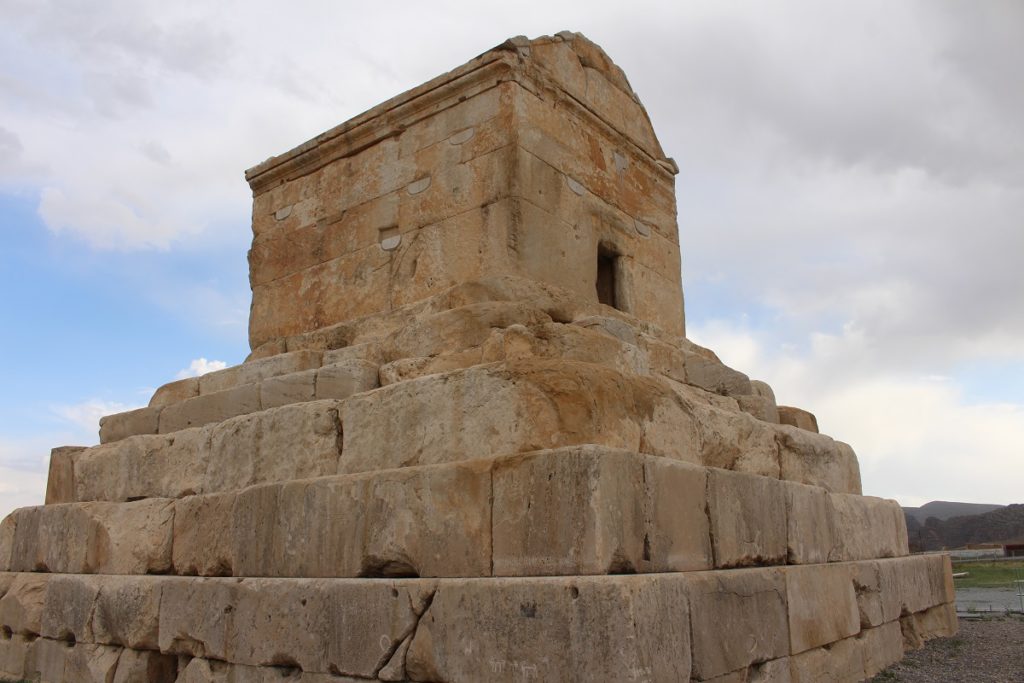
WATER IN THE DESERT
To live in this hostile and desert environment, local populations have found ingenious architectural solutions. Among these, the most interesting are the “qanat”, ancient underground channels that bring water from the mountains to the villages on the edge of the desert. It seems that around 37,000 of them are still in use throughout Iran.
These structures are mainly present in the regions around the cities of Yazd and Kerman and in the Khorasan region. Where these canals pass every now and then there are conical-shaped cisterns called Yakhchal, ancient glaciers, where the ice transported in the winter by the mountains is stored. Here the population can go to collect water for the village. Usually next to these structures there are wind towers (badgir) whose action of conveying hot and cold air together with water and ice allows the cooling of the air during the hot summer shutters. Iran’s “qanat” became a UNESCO World Heritage Site in 2016.
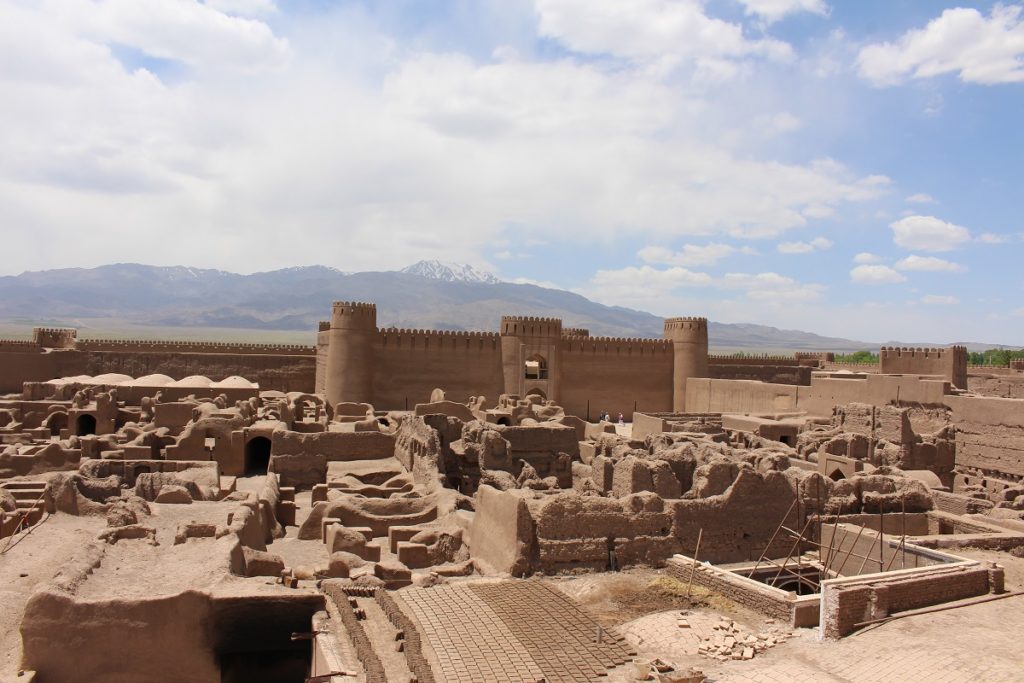
LONG CENTURIES OF HISTORY
Iran has enormous tourist potential. The mosques, the historical baths (hammam), the palaces of the Persian mercantile nobility are other interesting places to visit in every city of Iran. Spectacular are the fortified clay brick citadels on the edge of the desert, among the most beautiful and well-known those of Bam, destroyed by the 2003 earthquake and now under reconstruction, Rayen and Meybod.
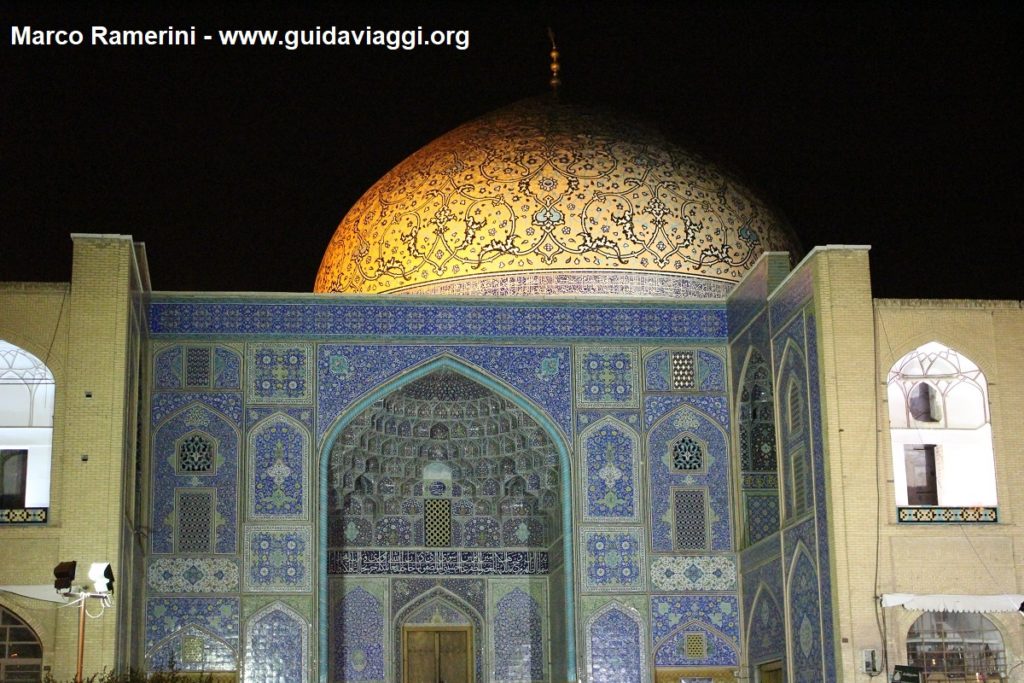
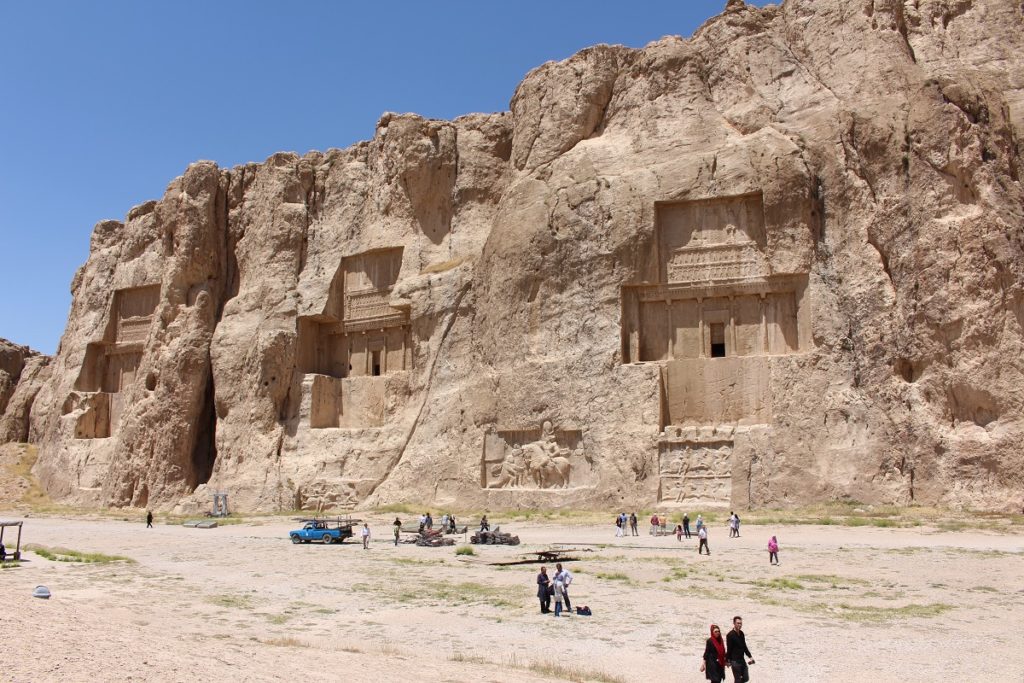
HISTORICAL GARDENS AND BAZAR
The Persian historical gardens in many cities of the country are among the most interesting tourist attractions of Iran. Nine of these gardens have become UNESCO World Heritage Sites. The Persian gardens originated from the gardens built in the Achaemenid era and were conceived to symbolize Eden and the four basic elements of the Zoroastrian religion: the sky, the earth, the water and the plants. Iran’s bazaars are very interesting and remain among the most authentic in the Islamic world. Among the most beautiful in the country are the bazaars of Tabriz, Shiraz, Kerman, Yazd, Tehran and Esfahan. Persian food and cuisine is another very varied and interesting aspect of a trip to Iran.
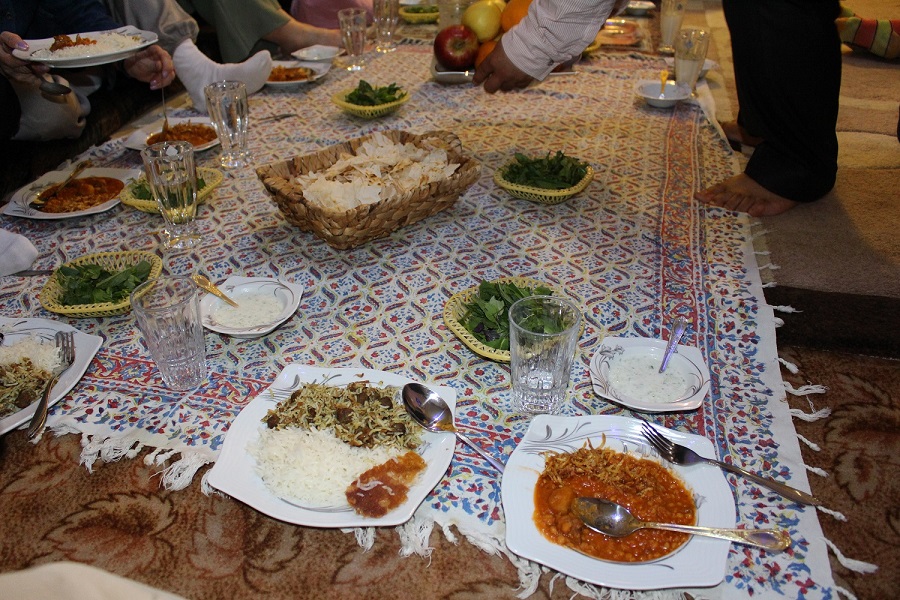
A UNIQUE POPULATION
Among Iran’s tourist attractions, one is truly unique: the population that lives there. All very hospitable. First of all young people, but also those who study. But not only that, the people of the small villages are also hospitable and curious. People who want to meet foreigners, who want to have contact with the rest of the world, who have the pleasure of talking to the foreigner. The population of Iran is truly a welcome surprise and alone is worth the trip.
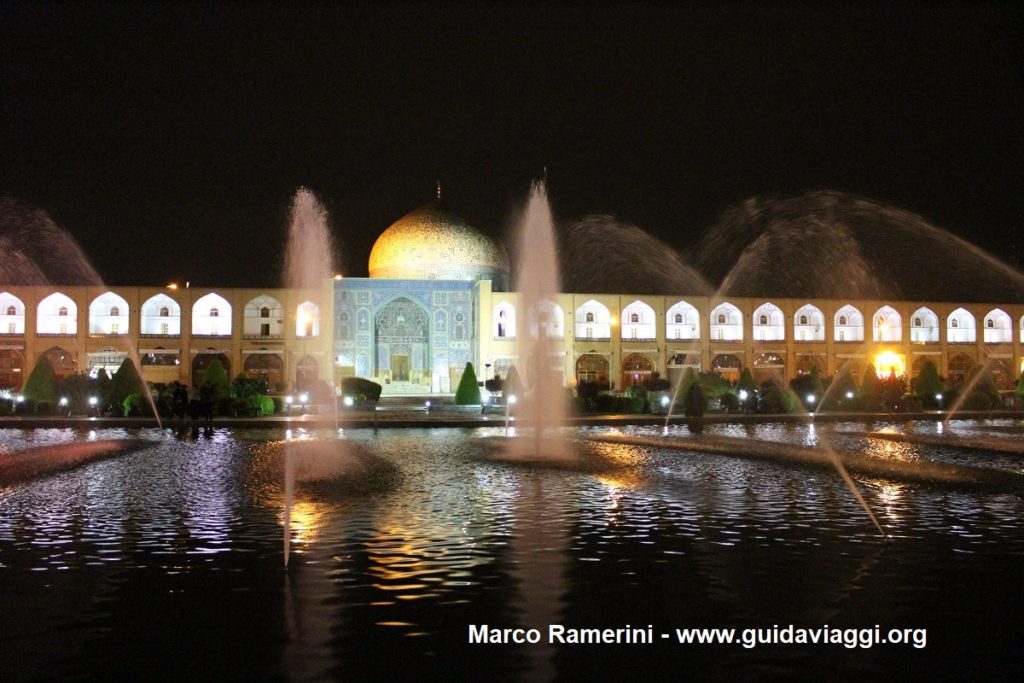
HISTORICAL CITIES AND SPLENDID ARCHAEOLOGICAL REMAINS
Among the most visited tourist attractions of Iran there is certainly the city of Isfahan, considered for its Renaissance buildings the Florence of Iran. To visit also the city of Mashhad, an important pilgrimage center, and that of Shiraz, a beautiful city located a short distance from the important and spectacular archaeological areas of Persepolis, Naqsh-e Rostam and Pasargadae. The capital Tehran is the main access point to the country but does not have major tourist attractions except for some interesting museums and the Golestan Palace. Domestic tourism is highly developed and on your trip to Iran you will find many local families and school groups visiting the most interesting places in their country.
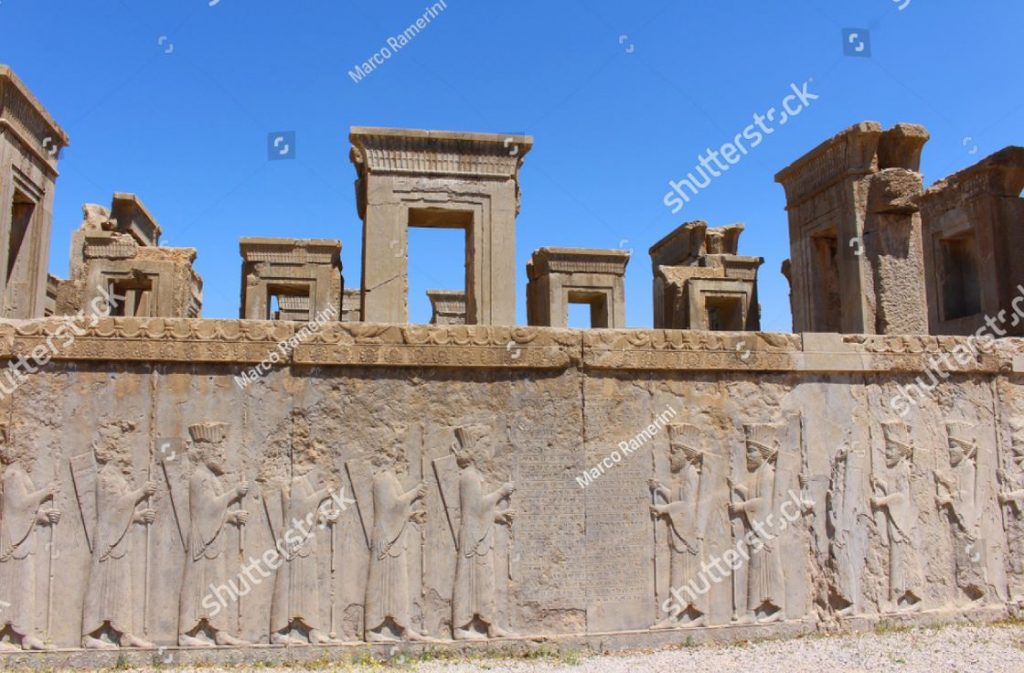
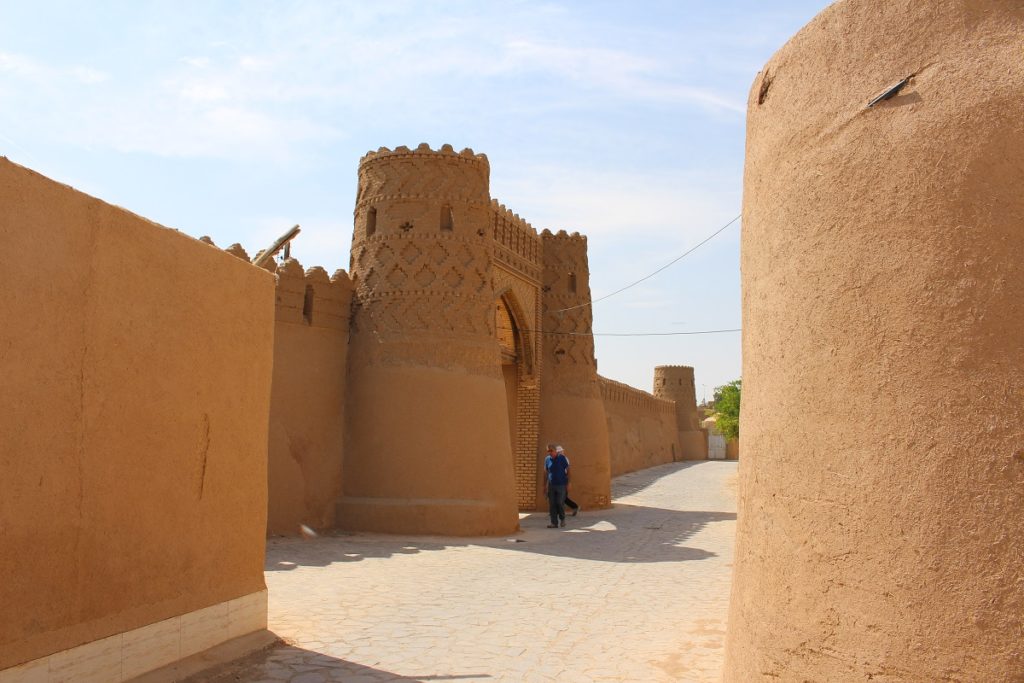
ACCOMMODATION, APARTMENTS, B&B AND HOTELS
Booking.comThis post is also available in:
![]() Deutsch
Deutsch
 Travel Guide Travel Guide to the countries of the world
Travel Guide Travel Guide to the countries of the world

















